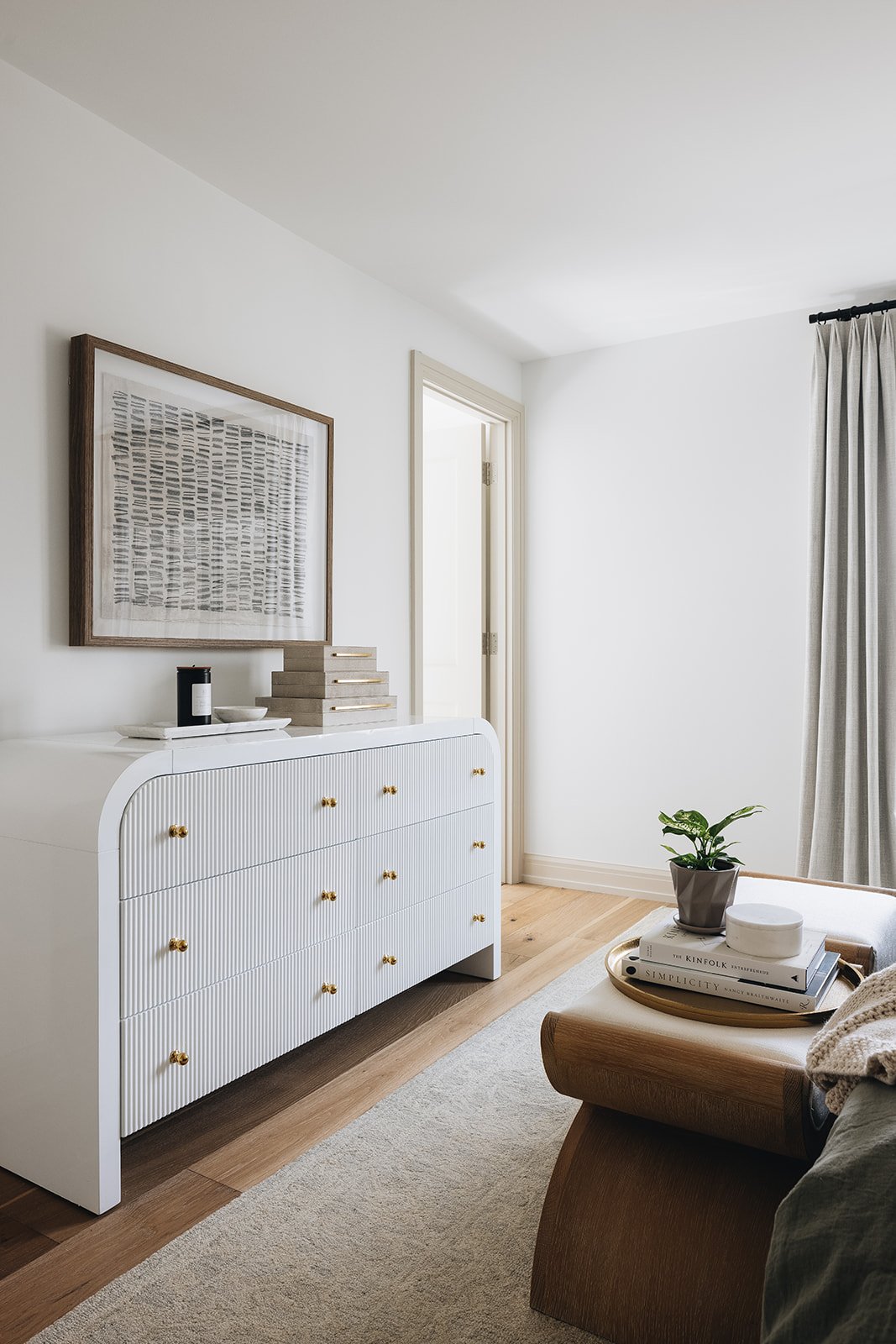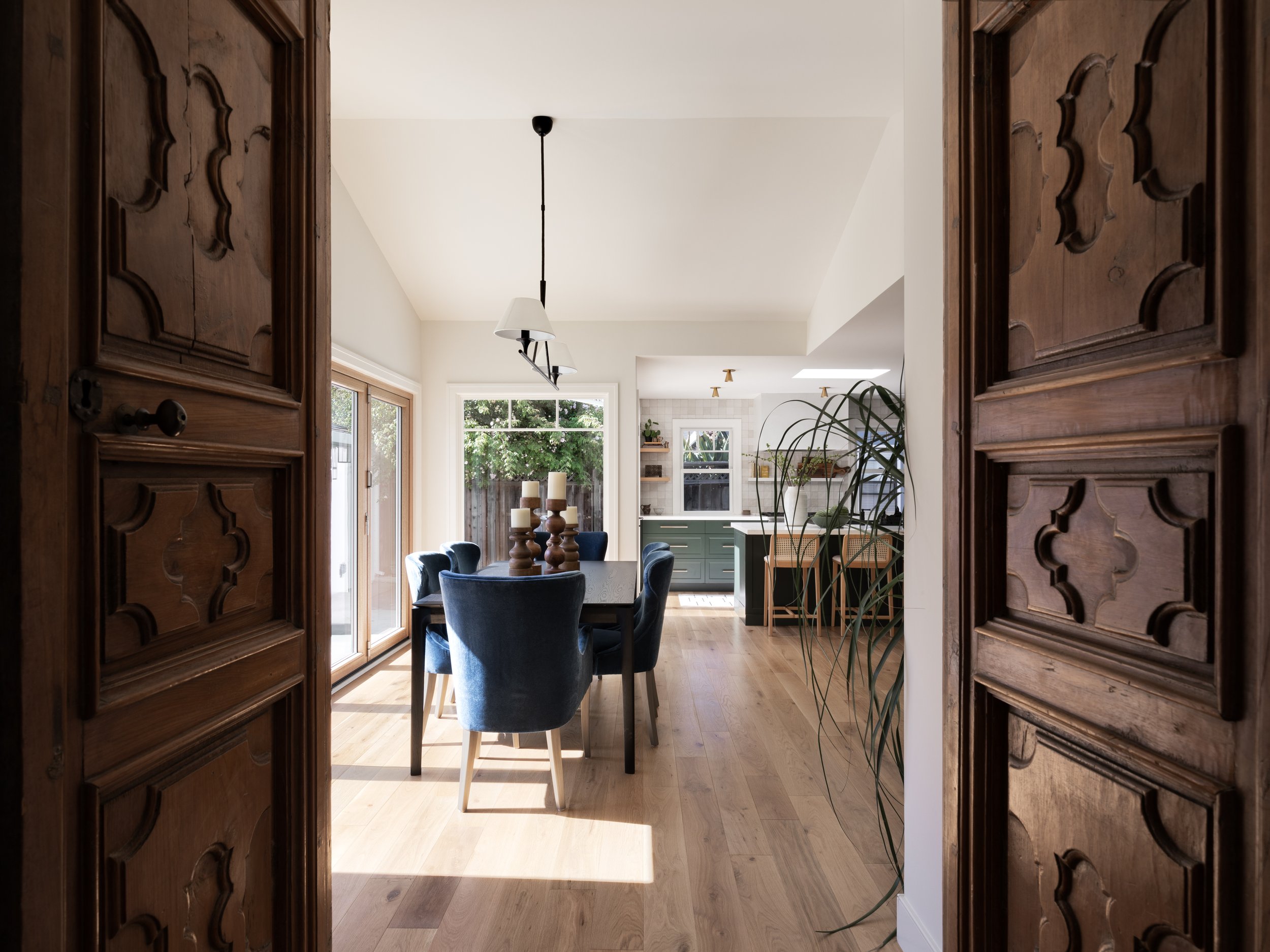In short, my job is to make the process of creating your dream home as stress-free as possible. As an interior designer, I am not just transforming spaces; I am translating your vision into reality while navigating the complexities of project management, design principles, and logistical challenges.
Understanding Your Vision
The foundation of a successful design project lies in a deep understanding of your preferences, lifestyle, and the essence of what you envision your dream space to be. Through detailed consultations, I listen carefully to your desires and concerns, aiming to create a space that reflects your personality and meets your needs.
Designing Your Space
With your vision in mind, I embark on the design process, where creativity meets functionality. I develop comprehensive design concepts, considering every detail from space planning to the selection of materials and finishes. My goal is to create a harmonious balance between beauty and practicality, ensuring that every element contributes to a cohesive whole.
Streamlining the Process
One of the most valuable aspects of my role is managing the project from concept to completion. I handle the intricacies of budgeting, scheduling, and coordinating with contractors and suppliers. By acting as your advocate and point of contact throughout the process, I work hard to make the experience seamless and enjoyable for you. This involves solving problems as they arise, making informed decisions to keep the project on track, and ensuring the highest standards of quality and craftsmanship.
Bringing Your Dream to Life
The final stage of the project is where everything comes together. Through furniture installation and styling, I ensure that every space within your home is inviting, functional, and uniquely yours. It's a culmination of our collaborative efforts, where the initial vision is realized, and your dream home becomes a tangible reality.
My role as an interior designer goes beyond aesthetics; it is about creating a journey that transforms your living environment while minimizing stress and maximizing satisfaction. Through a blend of artistic vision, practical skills, and a client-centered approach, I am dedicated to making the process of creating your dream home a rewarding and fulfilling experience.







